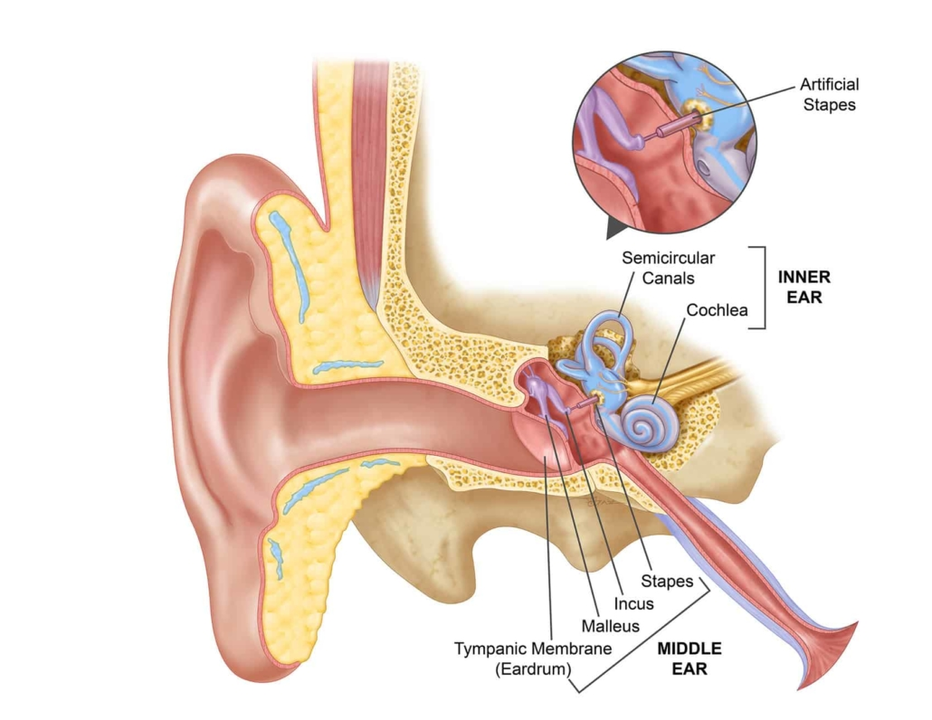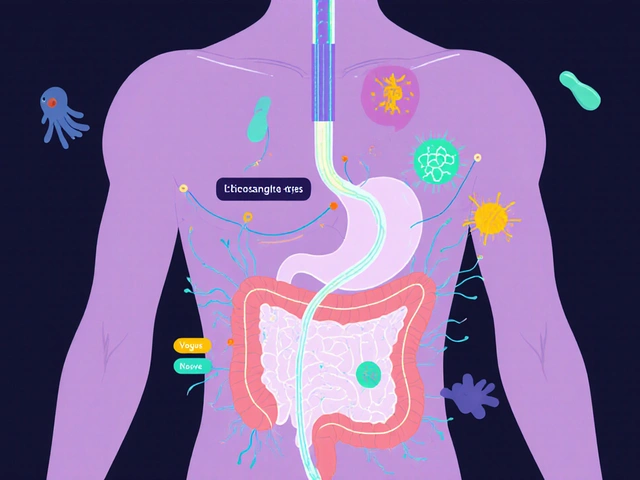
Debunking the Myths: Common Misconceptions About Ear Canal Infections
Myth 1: Ear Canal Infections Are Always the Result of Poor Hygiene
One popular misconception is that an ear canal infection, also known as otitis externa, is caused by a lack of proper hygiene. In reality, ear canal infections can have numerous causes such as allergies, a build-up of wax, or even swimming in contaminated water. While maintaining good hygiene can help prevent some infections, it is not a guarantee that you won't suffer from an ear canal infection. It's important to remember that anyone can develop an ear canal infection, regardless of their hygiene habits.
Myth 2: Using Cotton Swabs is the Best Way to Clean Your Ears
Contrary to popular belief, using cotton swabs to clean your ears can actually do more harm than good. This is because they can push the wax further into the ear canal, leading to blockages and even infections. Instead of using cotton swabs, consider using a damp washcloth to gently clean the outer part of your ear or try an earwax removal solution recommended by your healthcare provider. Remember that your ears are delicate and should be treated with care.
Myth 3: Ear Infections Only Affect Children
While it's true that children are more prone to ear infections, adults can also develop them. Factors such as allergies, sinus infections, or a weakened immune system can increase the risk of ear canal infections in adults. It's essential to seek medical attention if you suspect an ear infection so that a healthcare professional can provide the appropriate treatment and prevent complications.
Myth 4: Ear Infections Are Always Caused by Bacteria
Although bacterial infections are a common cause of ear canal infections, they can also be caused by viruses or fungi. It's important to determine the cause of the infection so that the appropriate treatment can be prescribed. For example, antibiotics may be prescribed for bacterial infections, while antifungal medications are required for fungal infections. Misusing antibiotics can lead to antibiotic resistance and make it more difficult to treat future infections.
Myth 5: All Ear Pain Indicates an Ear Infection
Ear pain can be a symptom of an ear canal infection, but it can also be caused by other factors such as allergies, earwax build-up, or even temporomandibular joint (TMJ) disorders. If you're experiencing ear pain, it's crucial to consult with a healthcare professional to determine the cause and receive the appropriate treatment.
Myth 6: Ear Infections Are Contagious
Ear canal infections are not contagious in the same way that the common cold or flu is. However, the bacteria or viruses that cause some ear infections can be spread through close contact. Practicing good hygiene, such as washing hands frequently and avoiding sharing personal items like earbuds or headphones, can help prevent the spread of these germs.
Myth 7: You Should Avoid Swimming if You Have an Ear Infection
Swimming is not necessarily a cause of ear canal infections, but it can exacerbate an existing infection. If you already have an ear infection, it's best to avoid swimming until it has cleared up. However, if you're prone to ear infections, you can take preventive measures such as wearing earplugs or using a swimmer's ear solution to help protect your ears while swimming.
Myth 8: Ear Infections Always Require Antibiotics
As mentioned earlier, not all ear infections are caused by bacteria. Antibiotics are only effective in treating bacterial infections and should not be used to treat viral or fungal infections. In some cases, mild ear infections may even resolve on their own without the need for antibiotics. It's essential to consult with a healthcare professional to determine the cause of the infection and receive the appropriate treatment.
6 Comments
Michael Herr
May 1, 2023 AT 09:50 AM
My dad had an ear infection last year and the doctor said it was fungal. He was shocked. Thought it was just a bad cold. Antibiotics did nothing. Antifungal drops fixed it in three days. People need to stop assuming everything is bacterial.
Crystal Magnant
May 1, 2023 AT 22:33 PM
I used to think ear infections were just for kids 🤦♀️ then I got swimmer’s ear after a beach trip and realized I’m not immune. Now I always dry my ears with a hairdryer on low after swimming. Tiny habit, huge difference.
Danie Joy
May 2, 2023 AT 16:15 PM
they told us ear infections arent contagious but what if its all a lie from big pharma to sell more antibiotics?? i heard the government puts stuff in the water to make people need ear drops. why else would they push swabs so hard?? they want you dependent. dont trust the system. check your wax. its watching you.
Katherine Stapp
May 3, 2023 AT 15:48 PM
Americans are so naive. You think this is just about hygiene? No. This is about control. The FDA wants you to believe you can fix it yourself with earplugs so they don't have to fix the real problem: polluted public pools and lazy doctors who don't test for fungus. We need a revolution in ear care. This isn't just about ears-it's about freedom.
Frank De Silva
May 4, 2023 AT 15:14 PM
It's amusing how everyone here acts like they're discovering basic otolaryngology. The fact that antibiotics aren't universal for ear infections has been textbook knowledge since the 90s. The real issue is the cultural obsession with DIY medical solutions. You don't need to be a genius to understand that pushing wax deeper with cotton swabs is dumb. But then again, the internet rewards ignorance with engagement.






Chris Remo
May 1, 2023 AT 02:15 AM
I used to swear by cotton swabs until I got a nasty infection. Now I just rinse with warm water and let my ears dry naturally. Life's so much easier when you stop poking around in there.
Also, swimming? Totally fine with earplugs. Don't let fear stop you from enjoying the water.